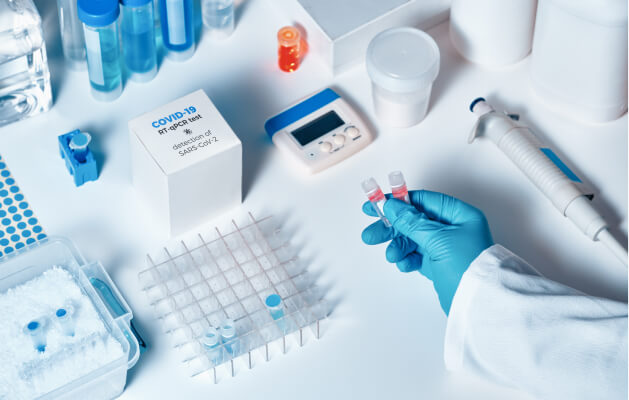

Regulatory Compliance
Regulatory compliance in digital pathology ensures that imaging systems meet national and global health standards. This includes obtaining approvals, maintaining documentation, and validating system accuracy before use in patient care. Meeting these protocols protects both users and patients in clinical environments.
Laws such as HIPAA and GDPR require that patient data be safeguarded against unauthorized access. Compliance involves encryption, access control, and regular audits. These measures help preserve confidentiality, maintain ethical practices, and fulfill organizational obligations.
- Regulatory Certification
- Health Data Security
- Policy Documentation
- Governance Measures
4 Simple Steps
Labs can achieve compliance by following key steps: understanding regulatory requirements, maintaining system documentation, conducting audits, and ensuring qualified personnel are involved. These practices build credibility and reduce operational risks in healthcare workflows.
International collaboration helps align medical compliance standards worldwide. Organizations such as WHO and ISO create guidance to ensure consistency and quality in care delivery across countries using digital pathology tools.
By adhering to legal and ethical standards, institutions improve data reliability, support informed decisions, and advance trust in digital healthcare technologies. Compliance also aids the integration of AI in regulated environments.
- Accreditation Paths
- Inspection Reports
- Compliance Training
- Licensing Support
- ISO Certifications
- WHO Frameworks
- Ethical Standards
- Regulatory Mapping
- Security Protocols
- Audit Mechanisms
- Consent Policies
- Global Compliance
Our Research
Our regulatory studies focus on how laws and certifications shape digital pathology implementation. We analyze data privacy trends, review evolving legal standards, and explore how technology aligns with public health goals through secure and ethical frameworks.



